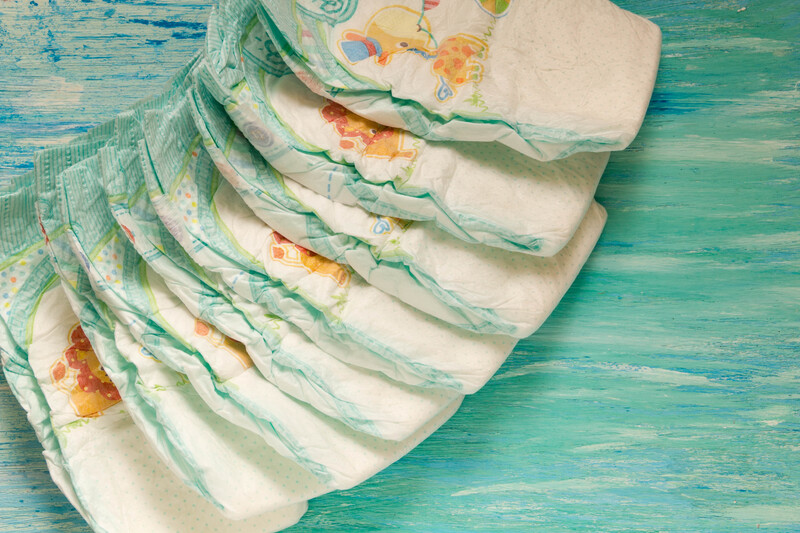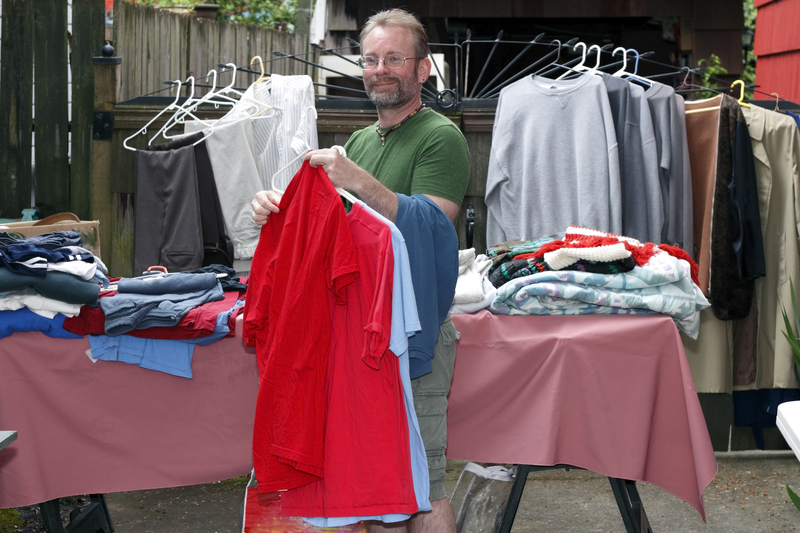Efficient Home Recycling Methods
Recycling is more than just a buzzword; it's a critical practice that helps reduce waste, conserve resources, and protect the environment. While you may already be contributing to recycling efforts, there's always room for improvement in making the process more efficient. In this article, we will dive deep into methods that can make home recycling more efficient, effective, and sustainable.
Understanding the Basics of Recycling
Before delving into more specific methods, it's essential to understand what recycling entails. Recycling involves collecting, processing, and repurposing materials that would otherwise be considered waste. This process helps to reduce the strain on natural resources and diminishes the volume of waste that ends up in landfills.

Segregation of Waste
One of the most fundamental steps to efficient home recycling is the segregation of waste. Proper segregation allows for each type of waste to be processed in the most effective manner. Here are some categories that can help:
- Bio-degradable: Food scraps, yard waste, and other organic materials.
- Non-biodegradable: Plastics, cans, glass, and metals.
- Electronic Waste: Old gadgets, batteries, and other electronics.
- Hazardous Waste: Chemicals, paints, and medical waste.
By segregating waste at the source, you simplify the recycling process substantially and ensure that recyclable materials are not contaminated.
Composting Bio-degradable Waste
Bio-degradable waste such as food scraps and yard waste can be composted to create nutrient-rich soil. Composting not only helps in reducing the amount of waste sent to landfills but also enriches your garden.
Here's a simple guide to start composting:
- Choose a Compost Bin: Depending on your space and needs, you can opt for a compost bin, a compost tumbler, or create a simple compost pile.
- Balance Greens and Browns: Ensure a balance between green materials (vegetable scraps, fruit peels, coffee grounds) and brown materials (dry leaves, cardboard, paper). This balance ensures proper decomposition.
- Aerate Regularly: Turn the compost to aerate it. This helps speed up the decomposition process by providing oxygen to the microorganisms.
- Monitor Moisture: Keep the compost moist but not waterlogged. It should feel like a damp sponge.
Dealing with Non-biodegradable Waste
Recycling non-biodegradable waste involves several steps:
- Rinsing: Clean containers before placing them in the recycling bin to avoid contamination.
- Squashing: Flatten items like plastic bottles and cans to save space.
- Sorting: Use labeled bins for plastics, glass, metals, and paper. This makes the process more streamlined and efficient.
Consult your local recycling guidelines to understand which materials are accepted and how they should be prepared. Not all plastics and metals are recyclable, and some may require special handling.
Recycling Electronic Waste
Electronic waste (e-waste) contains hazardous materials and requires special handling. Here's how you can deal with it:
- Data Protection: Erase or destroy data on devices before recycling.
- Donate or Resell: If the electronic device is still functional, consider donating or selling it.
- Certified Recyclers: Use certified e-waste recyclers who comply with legal requirements for safe disposal.
Many retailers and manufacturers offer take-back programs and recycling services for electronics.
Handling Hazardous Waste
Hazardous waste like chemicals, paints, and batteries require special attention:
- Read Labels: Follow the disposal instructions on the product labels.
- Take-Back Programs: Make use of take-back programs often provided by local waste management facilities or special collection events.
- Never Mix: Do not mix hazardous waste with regular trash or recyclables. This can cause contamination and is dangerous for waste handlers.
Practical Tips for Efficient Recycling at Home
Here are some additional tips to improve your home recycling methods:
- Use Clear Bins: Using transparent bins can help you quickly identify and sort waste.
- Reduce Waste: Aim to reduce what you bring into your home. Less packaging, more reusable items.
- Stay Informed: Stay updated with your local recycling guidelines, as they can frequently change.
- Involve the Family: Make recycling a family activity. Teach your children the importance of recycling, and assign them simple tasks.

The Benefits of Efficient Recycling
Efficient recycling provides numerous benefits:
- Environmental Preservation: Reduces landfill waste, conserves natural resources, and decreases pollution.
- Energy Savings: Manufacturing products from recycled materials often require less energy compared to using raw materials.
- Economic Benefits: Reduces costs for waste management and offers potential revenue from recycled materials.
- Community Health: Proper recycling and waste management contribute to cleaner, healthier communities.
Conclusion
Efficient home recycling involves more than tossing items into a bin labeled "recycling." It requires mindfulness, proper segregation, and an understanding of how different types of waste should be handled. By adopting these efficient home recycling methods, you can make a significant difference to the environment while also enjoying the benefits of a cleaner, more organized household.
Taking steps to recycle responsibly is not only beneficial for the planet but also fosters a sense of community and personal responsibility. With these practical tips and methods, you can master the art of efficient home recycling and inspire others to do the same.
